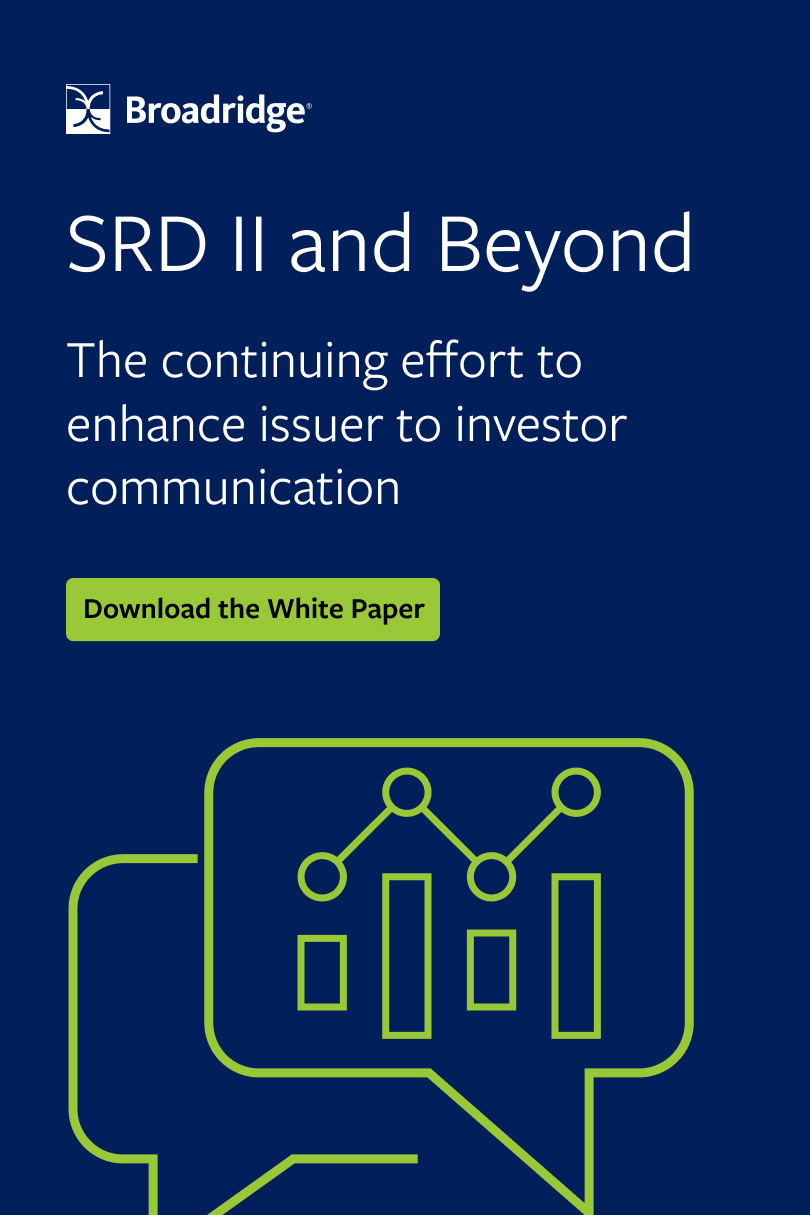TriOptima: Post-trade initiatives on the up in Asia
11 May 2016 Singapore
 Image: Shutterstock
Image: Shutterstock
There is an increasing interest in post-trade risk mitigation and adoption of post-trade initiatives in Asia, although there is still room for improvement, according to a white paper from TriOptima.
The report, Post-Trade Risk Mitigation in Asia, pointed out that in a region as vast and diverse as Asia, there is no single regulatory regime or widely-accepted criteria for best practice in over-the-counter (OTC) derivatives post-trade activities.
However, although countries have their own national regulatory regimes, they are also starting to move towards adhering to G20 principles, and complying with global standards as set by the Basel Committee on Banking Supervision (BCBS) and the International Organization of Securities Commissions (IOSCO).
The paper said: “Major markets such as Australia, Hong Kong, Japan and Singapore are leading the way in adopting post trade services to mitigate counterparty credit risk, reduce operational risk and control capital charges.”
He added: “In these countries clearing, portfolio compression and portfolio reconciliation are widely employed and successful.”
According to the paper, 15 percent of trades in the global OTC derivative market take place in Asia, with just over half of these occurring in Japan. Of these 15 percent, almost 70 percent are now cleared through either the global clearinghouse LCH Swapclear or through national clearinghouses.
Portfolio reconciliation is also on the increase in Asia, a trend that the white paper attributed to pressure from counterparties in Europe and the US that are bound by their own regulatory reconciliation requirements.
The increase could also be in anticipation of new margin rules, expected to come in to effect in late 2016 or early 2017, as this margining will rely on portfolio reconciliation for accurate calculations.
Adoption of portfolio reconciliation has been particularly prevalent in China, India, South Korea, Malaysia, New Zealand, the Philippines and Taiwan, and regulatory authorities in Australia, Hong Kong and Singapore have already proposed new non-cleared margin rules in line with the BCBS and IOSCO framework.
In line with the G20’s transparency goals around the OTC derivatives market, Asian regulators are starting to introduce mandatory data reporting, the report said.
triOptima’s triResolve repository reconciliation solution, developed to help firms identify and resolve any issues with inaccurate data, is now used by 20 institutions in Asia.
The report also suggested that the last few years have seen a rapid adoption of clearing rules and increased use of CCPs in Asia. In 2011, it said, there were only two CCPs in the region – the Japan Securities Clearing Corporation and the Singapore Exchange – while at the end of 2015 there were seven CCPs in operation.
However, it went on: “While clearing is an important risk mitigation tool, in some ways the proliferation of CCPs has resulted in increased fragmentation in the market.”
The white paper concluded that in certain Asian regions, adoption of post-trade risk mitigation projects can be slow, as they are in competition for staff, budgets and IT resources within institutions.
There are opportunities for service providers in this space to advise regional players on the value of efficient risk management, and to help them easily implement services in to their processes.
The report concluded: “There is room for improvement in the adoption of post-trade risk mitigation services like those offered by TriOptima in Asia. Local regulators continue to evolve their individual regulatory frameworks to conform to BCBS and IOSCO standards, which means that over time clearing, portfolio reconciliation, repository reconciliation and compression will become business as usual throughout the region.”
“This represents an opportunity for service providers like TriOptima to educate and attract regional players to good risk management practices.”
The report, Post-Trade Risk Mitigation in Asia, pointed out that in a region as vast and diverse as Asia, there is no single regulatory regime or widely-accepted criteria for best practice in over-the-counter (OTC) derivatives post-trade activities.
However, although countries have their own national regulatory regimes, they are also starting to move towards adhering to G20 principles, and complying with global standards as set by the Basel Committee on Banking Supervision (BCBS) and the International Organization of Securities Commissions (IOSCO).
The paper said: “Major markets such as Australia, Hong Kong, Japan and Singapore are leading the way in adopting post trade services to mitigate counterparty credit risk, reduce operational risk and control capital charges.”
He added: “In these countries clearing, portfolio compression and portfolio reconciliation are widely employed and successful.”
According to the paper, 15 percent of trades in the global OTC derivative market take place in Asia, with just over half of these occurring in Japan. Of these 15 percent, almost 70 percent are now cleared through either the global clearinghouse LCH Swapclear or through national clearinghouses.
Portfolio reconciliation is also on the increase in Asia, a trend that the white paper attributed to pressure from counterparties in Europe and the US that are bound by their own regulatory reconciliation requirements.
The increase could also be in anticipation of new margin rules, expected to come in to effect in late 2016 or early 2017, as this margining will rely on portfolio reconciliation for accurate calculations.
Adoption of portfolio reconciliation has been particularly prevalent in China, India, South Korea, Malaysia, New Zealand, the Philippines and Taiwan, and regulatory authorities in Australia, Hong Kong and Singapore have already proposed new non-cleared margin rules in line with the BCBS and IOSCO framework.
In line with the G20’s transparency goals around the OTC derivatives market, Asian regulators are starting to introduce mandatory data reporting, the report said.
triOptima’s triResolve repository reconciliation solution, developed to help firms identify and resolve any issues with inaccurate data, is now used by 20 institutions in Asia.
The report also suggested that the last few years have seen a rapid adoption of clearing rules and increased use of CCPs in Asia. In 2011, it said, there were only two CCPs in the region – the Japan Securities Clearing Corporation and the Singapore Exchange – while at the end of 2015 there were seven CCPs in operation.
However, it went on: “While clearing is an important risk mitigation tool, in some ways the proliferation of CCPs has resulted in increased fragmentation in the market.”
The white paper concluded that in certain Asian regions, adoption of post-trade risk mitigation projects can be slow, as they are in competition for staff, budgets and IT resources within institutions.
There are opportunities for service providers in this space to advise regional players on the value of efficient risk management, and to help them easily implement services in to their processes.
The report concluded: “There is room for improvement in the adoption of post-trade risk mitigation services like those offered by TriOptima in Asia. Local regulators continue to evolve their individual regulatory frameworks to conform to BCBS and IOSCO standards, which means that over time clearing, portfolio reconciliation, repository reconciliation and compression will become business as usual throughout the region.”
“This represents an opportunity for service providers like TriOptima to educate and attract regional players to good risk management practices.”
NO FEE, NO RISK
100% ON RETURNS If you invest in only one asset servicing news source this year, make sure it is your free subscription to Asset Servicing Times
100% ON RETURNS If you invest in only one asset servicing news source this year, make sure it is your free subscription to Asset Servicing Times



